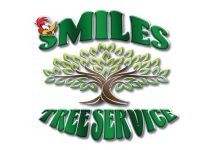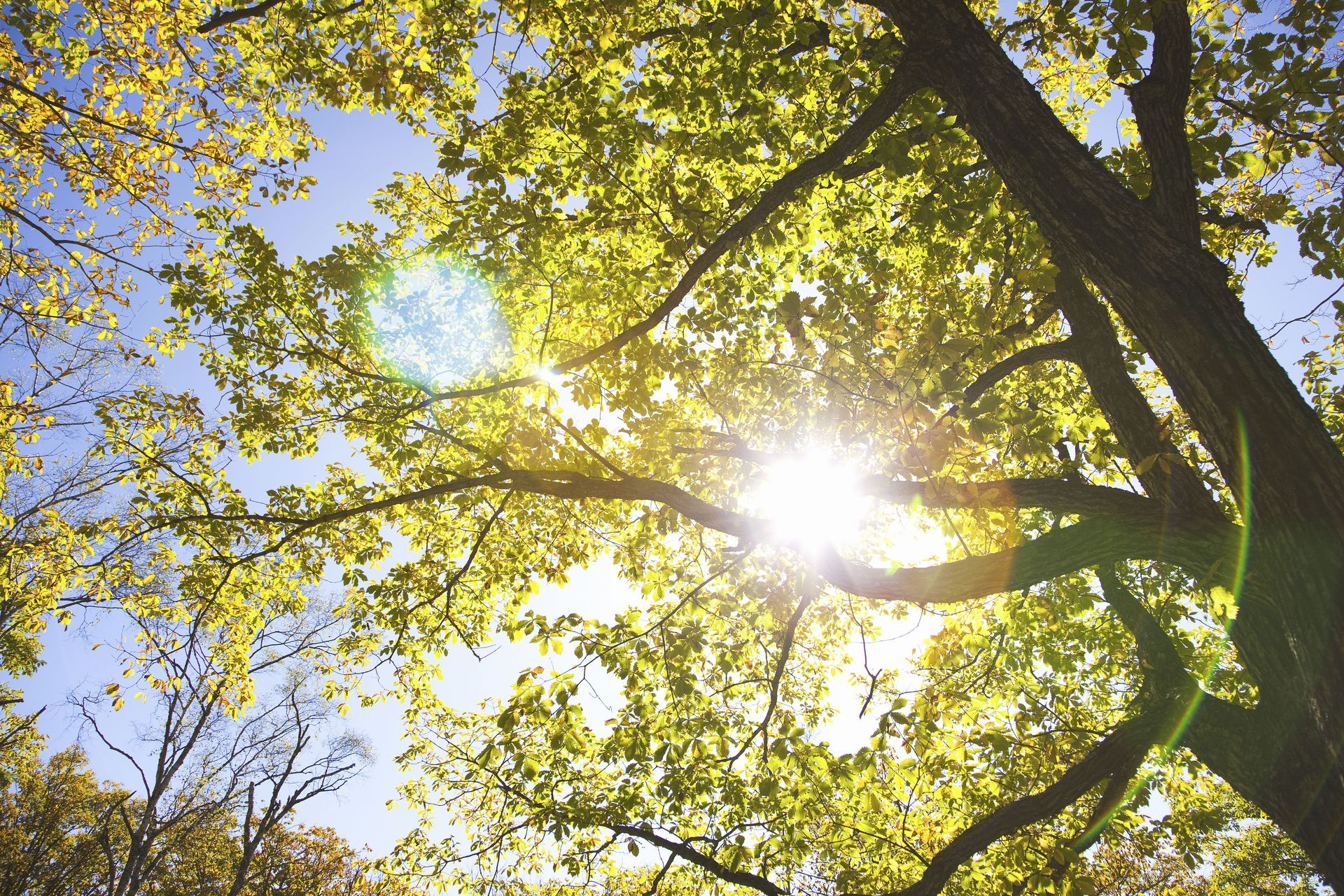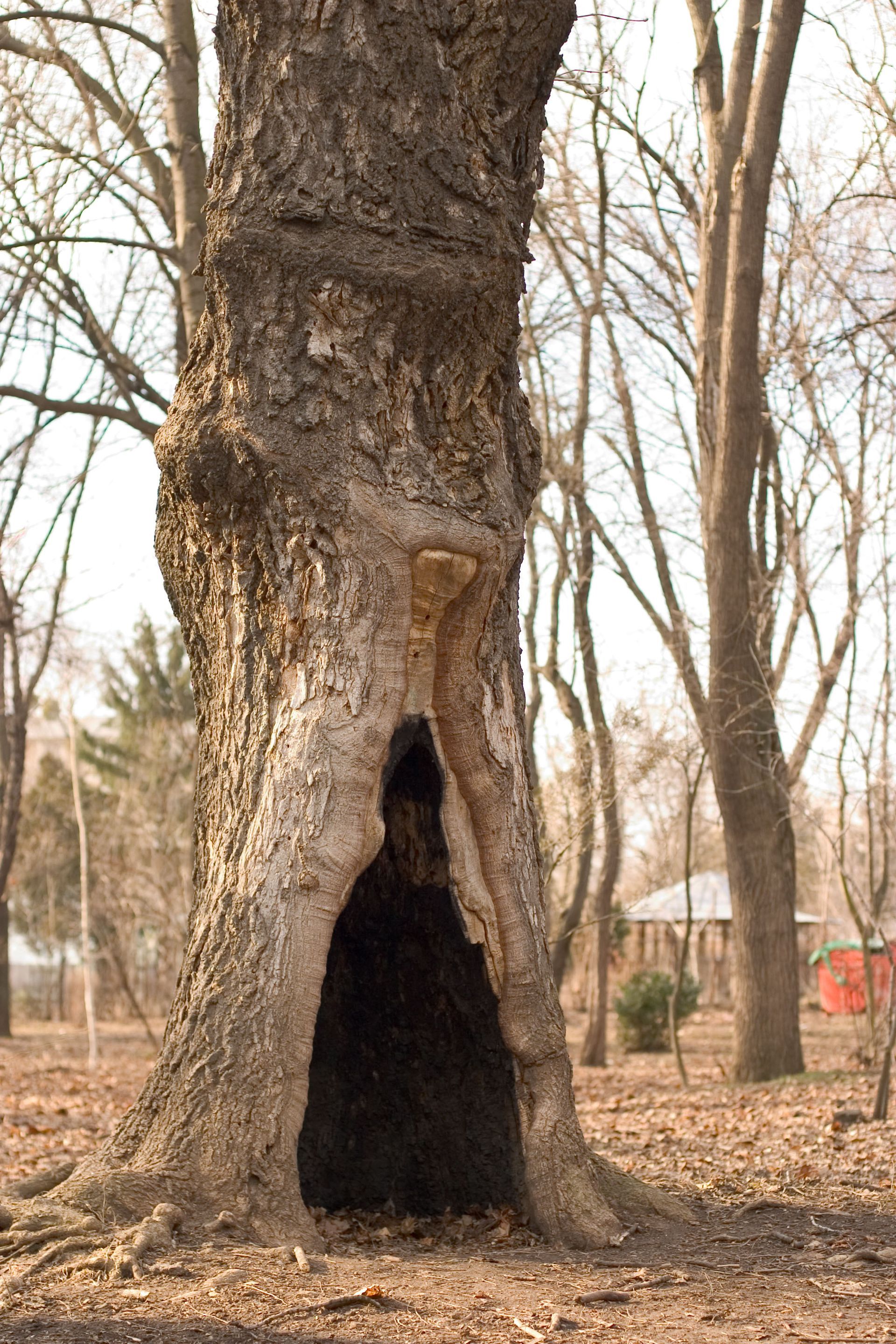August 26, 2025
Understanding the importance of proper tree care is crucial for preventing disasters and maintaining a safe, healthy environment. This article delves into effective strategies and techniques that can help prevent tree-related accidents. By prioritizing tree health and maintenance, property owners can avert hazardous situations, protecting both people and property. The goal is to minimize risks associated with tree failure due to disease, pests, and inclement weather. Investing time and resources into tree care not only enhances aesthetic appeal but also ensures the longevity of these crucial environmental assets.
1. Pruning and Trimming
Branches for Pruning
Regular pruning helps to maintain tree health, structure, and appearance. Identifying the right branches to prune is essential to avoiding harm to the tree. Diseased, dead, or weak branches should be removed to prevent decay and potential hazards. Additionally, crossing or rubbing branches can cause wounds that become conduits for pests and diseases, thus requiring timely attention. By focusing on specific branches for removal, the tree's energy is redirected towards healthy growth, promoting a more robust structure and aesthetics.
Times for Pruning
The timing of pruning greatly influences the tree's response and recovery. Most trees benefit from being pruned during their dormant period, often late winter to early spring, before new growth begins. This timing minimizes stress and allows cuts to heal quickly since there is minimal sap flow and disease activity. However, it is crucial to research specific tree species as some, like spring-blooming trees, are best pruned after their flowers fade. Proper timing ensures a reduced likelihood of disease transfer and supports vigorous regrowth.
Tools and Measures for Safety
Using the correct tools and adhering to safety measures are paramount during pruning activities. Sharp, clean tools prevent damage to the tree and reduce the risk of disease spread through cuts. Essential tools include hand pruners, loppers, and a pruning saw for larger branches, each suited for different branch sizes. According to Forbes, trees in good health that lean more than 15% from vertical plumb pose safety risks and should be removed. Safety gear such as gloves, goggles, and a helmet should be worn, and ladders must be properly stabilized to prevent falls.
Techniques for Avoiding Over-Pruning
Over-pruning can stress trees, making them vulnerable to disease and pests. In our experience, it is generally recommended not to remove more than 25% of a tree's foliage in a single year. Maintaining a balance between pruning enough to promote health without removing excessive growth ensures the tree's ability to photosynthesize effectively. Thinning cuts, which remove small branches at points of origin, are preferable to topping, which can result in weak regrowth. Employing the right pruning techniques encourages a strong, natural shape and sustains tree health.
Disease and Pest Signs for Health
Spotting early signs of disease and pests is crucial for preventing widespread damage. Symptoms such as discolored leaves, unusual growths, or visible insects may indicate a problem needing prompt attention. Regular inspections can help identify these issues early, allowing for more effective interventions. Pests and diseases often work in tandem, weakening trees and making them more prone to secondary infections or infestations. By understanding common signs, tree owners can work to mitigate risks and preserve tree health.
2. Monitoring Tree Health
Regular Health Inspections
Consistent health inspections are essential for assessing and maintaining tree vitality. Visual assessments enable tree owners to identify potential issues like structural weaknesses, disease symptoms, and pest infestations. Scheduling these inspections seasonally ensures that any changes or threats are identified and addressed promptly. Proactively monitoring tree health mitigates risks, promotes quick intervention, and helps sustain long-term health. A commitment to regular assessments creates an opportunity for early diagnosis and effective treatment strategies.
Tree Health Professionals
Engaging the services of professional arborists provides expert insight into tree health and maintenance. Arborists possess the skills and knowledge required to diagnose and treat complex tree issues accurately. Professional assessments can help pinpoint underlying problems that may not be visible to the untrained eye. Arborists also offer specialized treatments, such as disease control and risk management, to safeguard trees against potential disasters. Consulting with experts ensures decisive action based on scientific understanding, protecting trees and reducing property liability.
Environmental Stress Signs
Recognizing signs of environmental stress is key to preventing further tree decline. Symptoms such as wilting, leaf scorch, or dieback can indicate issues like drought, nutrient imbalance, or temperature extremes. Early intervention upon spotting stress symptoms can prevent long-term damage and increase survival rates. Adapting practices in response to stress, such as mulching or increased watering, supports recovery and resilience. A proactive approach to managing environmental stress helps trees thrive despite changing conditions.
Record Keeping for Future Reference
Maintaining detailed records of tree care activities is critical for informed decision-making and trend analysis. Documenting inspections, treatments, and growth patterns enables property owners to assess the effectiveness of interventions over time. These records help identify recurring issues or patterns that necessitate changes in management practices. Keeping historical data also supports future planning by providing a comprehensive overview of tree health and care progress. Detailed documentation strengthens tree care strategies, ensuring continued success and adaptability.
3. Preventing and Treating Diseases
Common Tree Diseases Identification
Identifying common tree diseases early is crucial to halt their spread and preserve tree health. Diseases like oak wilt, Dutch elm disease, and fire blight present varied symptoms such as wilting, discoloration, and cankers. Educating oneself on these symptoms allows property owners to take swift action and consult professionals as needed. Establishing a routine of early identification and treatment reduces contamination risks to other trees and property. Recognizing disease signs early in their manifestation lays the foundation for effective management and conservation strategies.
Preventive Measures
Prevention stands as the most effective strategy against tree diseases. Proper sanitation, including removing diseased wood and fallen leaves, reduces the chance of infection continuation. Using disease-resistant tree varieties decreases susceptibility to common pathogens, minimizing cultural losses. Consistent monitoring, adequate spacing, and proper watering methods work together to foster a stable environment unfavorable to disease spread. Employing these preventative measures ensures trees remain robust and less prone to disease outbreaks.
Effective Treatment Options
Once afflictions emerge, effective treatment options dictate the success of preserving tree health. Treatments range from fungicidal applications to pruning infected parts, with the choice depending on disease type and severity. Consulting professional arborists ensures accurate diagnoses and appropriate treatment applications, allowing trees to recover more efficiently. Timely intervention and adherence to recommended treatment protocols maximize the chances of successful disease management. Combining professional guidance with targeted treatment options ensures tree recuperation and sustained vitality.
4. Safety Measures for Storms and Disasters
Prepare Trees for Storm Season
Preparation ahead of storm seasons significantly reduces tree-related risks and damages. Pruning to remove weak limbs decreases storm damage potential while enhancing structural integrity. Strengthening trees through regular care fosters resilience against wind and precipitation stresses. Assessing for hazardous features such as cracks or large deadwood enables focused interventions before storms arrive. Proactive preparations minimize the likelihood of catastrophic tree failures that could endanger properties and safety.
Emergency Response Planning
Emergency response planning equips tree owners with strategies to efficiently and safely address storm aftermath. Developing a detailed action plan ensures preparedness for handling uprooted trees, fallen limbs, and other hazards. Coordination with qualified professionals and local authorities facilitates rapid responses to emergencies while ensuring legal and safety compliance. Identifying potential high-risk zones and securing necessary equipment streamlines post-disaster operations. An established emergency response framework enhances disaster resilience, safeguarding both personal and community safety.
Structural Support and Cabling
Applying structural support systems bolsters vulnerable trees against potential storm impacts. Cabling and bracing techniques lend additional strength to weak limbs and forks, preventing further stress and breakage. These solutions are particularly beneficial for heritage or high-value trees with historical significance or emotional worth. Structural supports help maintain safe landscapes by redirecting force and resisting damaging breakages. Correct implementation by experts extends tree life, supporting healthier, secure environments.
The responsibility of tree care goes beyond aesthetics; it's a vital practice to ensure safety and prevent disasters. Implementing these care tips will create safer environments and contribute to the overall health of the ecosystem. Proper tree care reduces hazards through targeted planting, regular maintenance, and disease management. Are you in need of tree care services? Call Smiles Tree Service today for more information.


